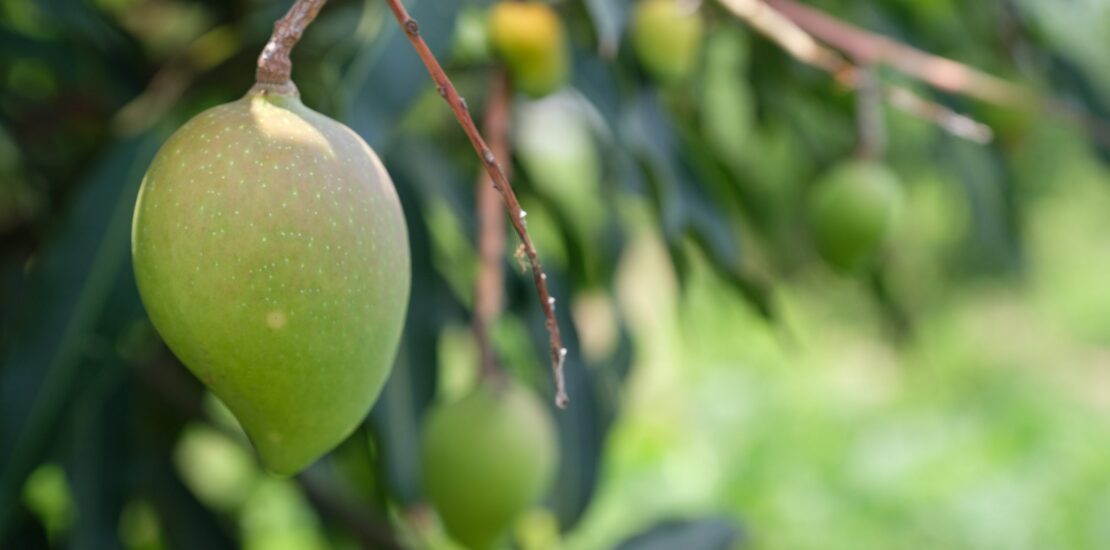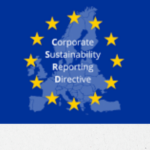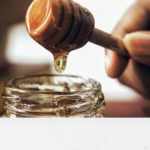Finding alternatives to control priority pests and diseases
- 17/02/2021
- Posted by: Gaetan Dermien
- Category: Africa, Avocados, Capsicum, Caribbean, Kenya, Mangoes, News, Pacific

Research & Innovation activities at COLEACP aim to ensure that solutions are available to farmers to tackle priority pests and diseases
Challenges following EU ban on PPPs
Every year, the use of many plant protection products (PPPs) is affected by regulatory changes – that is, changes in approvals and Maximum Residue Limits (MRLs). This has a direct impact on producers who often must change production methods (good agricultural practices – GAP) to comply with the new rules. Any non-compliances can lead to the interception and destruction of goods, and thus cause significant financial loss as well as reputational damage.
It is essential for producers to keep up-to-date and to make any necessary adjustments in time to ensure compliance with the regulations, either by adjusting the GAP, or using alternative control methods.
However, this is not an easy task. Many recently banned PPPs in the EU have been widely used for many years as inexpensive and effective broad-spectrum compounds, and in many cases no comparable alternatives are currently available.
With this in mind, Research & Innovation activities at COLEACP aim to ensure that solutions are available to farmers to tackle priority pests and diseases.
This work is a participatory and iterative process where all stakeholders (farmers, governments, NGOs, PPP manufacturers, etc.) are invited to contribute to identify the most relevant research and innovation activities. If you want to learn more, contact us at: network@coleacp.org
COLEACP supports research into new alternatives
COLEACP’s Research & Innovation Service acts as a research broker, bringing together a diversity of resources to adapt and disseminate technologies and solutions that contribute to safe and sustainable food. One of our core activities addresses the need for effective and affordable crop protection in ACP horticulture. Climate change and regulatory reforms are contributing to serious challenges for growers, and there is a pressing need to develop new methods of pest management, as well as to facilitate access to the most appropriate and affordable technologies available.
In the framework of the EU-funded Fit For Market SPS programme, our team of experts have drafted a list of key priorities (crop-pest combinations). Criteria for selection1 comprise a variety of factors, including regulatory changes, and also the efficacy of existing solutions, trade volumes (import/export), social impact, and farmers’ feedback based on a survey conducted within the COLEACP network.
The next step is to identify existing crop protection products that have the potential to address these priorities, but which are not currently tested or registered in ACP countries. By bringing together farmers’ knowledge, the research, start-ups and PPP manufacturers, COLEACP experts seek to identify the most relevant solutions and fast-track their access to the market. This support may include technical backstopping, bioefficacy screening, establishment of GAPs, trials for registration and other support towards ACP registration, and the establishment of Codex MRLs.
In practice, this support is reflected in field trials and targeted studies. Based on the prioritisation exercise conducted in 2019, COLEACP is implementing a trial programme to generate the necessary data and knowledge to fast-track registration of relevant technologies.
Field trials to generate data and fast-track registration
Table 1 summarises field trials conducted since the launch of Fit For Market SPS in 2019 and planned for the first half of 2021.
Table 1 Field trials conducted since 2019 and planned for the first half of 2021
| Crop | Pest | Description1 | Year | Status |
| Mango | Anthracnose | Efficacy trials for registration of a post-harvest solutions to control anthracnose on mango in West Africa | 2019 | Completed |
| Mango | Anthracnose | Screening trials of six biopesticides | 2020 | Completed |
| Mango | Fruit flies | Screening trials of four biopesticides | 2020 | Completed |
| Mango | Fruit flies & anthracnose | Scientific study on alternatives to post-harvest treatment with PPPs to control fruit flies and anthracnose on mango: assessment of the impact of hot water treatment on fruit quality | 2020 | Completed |
| Mango | Stone weevil | Screening trials of PPPs for the control of mango stone weevil and development of population monitoring methods | 2020/21 | Ongoing |
| Mango | Anthracnose | Efficacy trials for registration of a pre-harvest solution in West Africa | 2021 | Ongoing |
| Sweetcorn | Fall armyworm | Efficacy trials for registration of PPPs in West Africa | 2021 | Ongoing |
| Leafy vegetables | Whiteflies | Exploratory trials to identify control alternatives (screening) and propose a technical itinerary using registered PPPs | 2021 | Ongoing |
| Mango | Fruit flies | Efficacy trials for registration of one PPP in West Africa | 2021 | Planned |
| Avocado | False codling moth | Efficacy trials for registration of PPPs in Kenya | 2021 | Planned |
| Capsicum | False codling moth | Efficacy trials for registration of PPPs in Kenya | 2021 | Planned |
| Avocado | Fruit flies | Efficacy trials for registration of PPPs in Kenya | 2021 | Planned |
| Capsicum | Fruit flies | Efficacy trials for registration of PPPs in Kenya | 2021 | Planned |
| 1 Knowledge/data generated in a certain geographical area is also intended to be shared or replicated ACP-wide. | ||||
Targeted study on alternatives to chlorpyrifos
On 13 November 2020, EU MRLs of chlorpyrifos and chlorpyrifos-methyl were set at the limit of determination (LOD) 0.01 mg/kg (Regulation (EC) 2020/1085), meaning that they can no longer be applied after this date for any uses that are likely to leave residues. The listing of chlorpyrifos under the Stockholm Convention as a persistent organic pollutant is also under discussion.
COLEACP is conducting a review of the uses of chlorpyrifos in ACP horticulture in order to identify where the most critical problems are likely to arise, and where there is an opportunity to provide support that will generate rapid and practical solutions. This review consists of a desk study to:
- Identify the main uses of chlorpyrifos in ACP horticulture, and crops/countries likely to be substantially affected by the loss of the MRL
- Identify potential alternative substances
- Document improved control methods, in the context of an integrated pest management system
- Provide recommendations to industry/ACP regulatory authorities on candidate PPP substances suitable for registration/extrapolation
- Provide recommendations to industry/research bodies on further research needs.
It is expected that the study will also reveal areas where COLEACP can implement field trials to support the process of getting practical solutions into the hands of growers as quickly as possible.
Future work
COLEACP will continue to update its research programme based on priorities highlighted by its beneficiaries and regulatory changes. In the framework of its new EU-funded programme NExT Kenya, a prioritisation exercise is ongoing to establish 3-year planning for trials for registration, targeting alternative solutions for minor crops.
Stay informed: E-GAP and FlashInfo
Keeping track of PPP authorisations and MRL changes is complex and time-consuming, but essential to ensure regulatory compliance.
COLEACP has responded to this need by releasing E-GAP, a database of MRLs and good agricultural practices. E-GAP is a unique online tool that allows you to easily find up-to-date EU and Codex MRLs, and information available on the GAP to help ensure compliance under local conditions.
It is supplemented by periodic FlashInfo bulletins to highlight critical regulatory changes and recommendations as soon as they are officially published.
1Criteria for selection include: trade volume (import/export), social impact, priority crops for COLEACP, pest pressure, interceptions (EUROPHYT), MRL exceedances (RASFF), regulatory changes (EU and Codex), efficacy of existing solutions, availability of GAP, management of resistance, registration in ACP countries, etc.




![EU and GB approval changes (August-November 2024) 9-FFM+-[ENG]](https://news.colead.link/wp-content/uploads/2024/06/9-FFM-ENG-150x150.jpg)